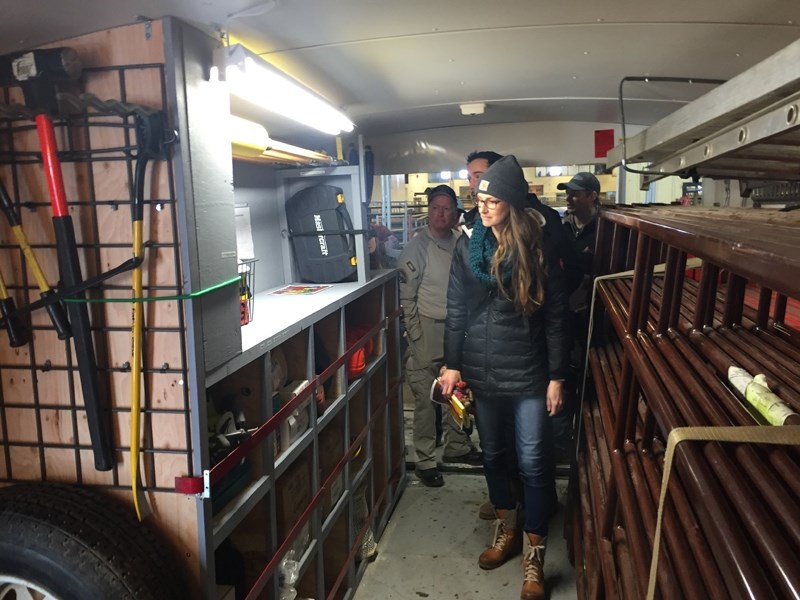Alberta ranchers should be encouraged to use social media such as Facebook and Twitter to promote the industry's benefits and safety standards with consumers, delegates heard at the Feb. 9 Ranching Opportunities 2017 Conference at Olds College.
Andrew Campbell, with Bellson Farms/Fresh Air Media, delivered a lecture titled Bridging the Gaps where he talked about challenges facing the industry going forward.
Communication with stakeholders, including using social media, will remain key to the future success of farming and ranching operations and the marketing of agricultural products, he said.
"We all as an industry have to get involved because we can't rely on David Suzuki to preach our message for us," said Campbell. "We are the only ones that are going to talk up our industry, that are going to talk about the benefits, that going to defend our industry.
"We cannot rely on anybody else to have that conversation. We have to take control and we have to get at it. We have to start thinking long term.
"While we can be really annoyed by the media, by some of their stories, we still need them on our side."
One hundred and eighty-five people attended the conference, which was held at various Olds College facilities, and included lectures, demonstrations and a producer panel.
Social media is being more and more widely used throughout society, including by farmers and ranchers, he said.
The number of agriculture producers using social media increased from 22 per cent in 2012 to 65 per cent in 2015, he said.
Facebook is the most popular social media with agriculture producers, followed by Twitter, Linkedin, Google+, Pinterest and Instragram, he said.
Of those agriculture producers using Facebook, 38 per cent said they use it to be in contact with the agriculture community, 37 per cent for agriculture business, and 30 per cent to be in contact with agriculture industry groups.
Campbell also talked about the need for planning ahead when it comes to generational succession on farms and ranches.
There are about $330 billion in agriculture assets in Canada, including almost $100 billion in Alberta, he said.
The Ranching Opportunities Conference also included several breakout sessions.
In one session, Nora Abercrombie, with the Government of Alberta's biosecurity programs, delivered a talked titled Get Prepared for a Livestock Emergency.
Producers should plan ahead for possible evacuations in the event of natural disasters, she said.
"My advice to you guys is if you end up with a voluntary evacuation order, please get ready to go," said Abercrombie. "So what that means is you've got to have three days of food and water for your animals so that you can leave.
"In order to put them (livestock) somewhere you are going to have to have a voluntary mutual aid agreement with someone not in your area that would be willing to take your animals."
Following Abercrombie's lecture delegates toured the Red Deer County livestock response trailer set up in a college arena.
Other speakers at the Feb. 9 conference included Jim Bauer, Devin Knopp, Garth Hein, Lloyd Quantz, Paul Jones, Dr. Yamily Zavala, William Torres, Fawn Jackson, Morrie Goetjen, Rob Vergouwen, Graeme Finn and moderator Laura Gibney.
The 185 delegates at the conference was the most ever at the long-running annual event, said Grant Lastiwka with Alberta Agriculture in Olds.



